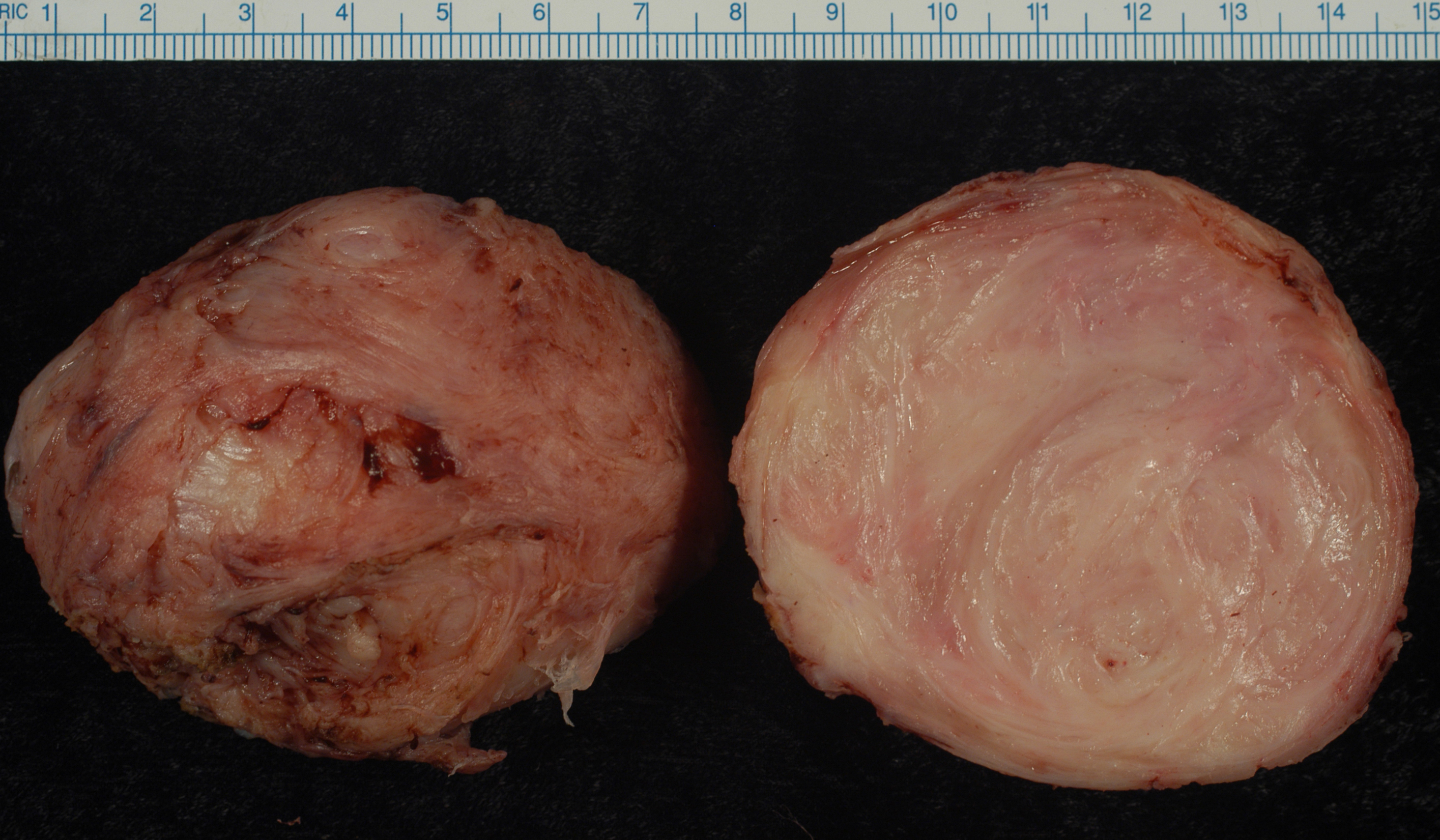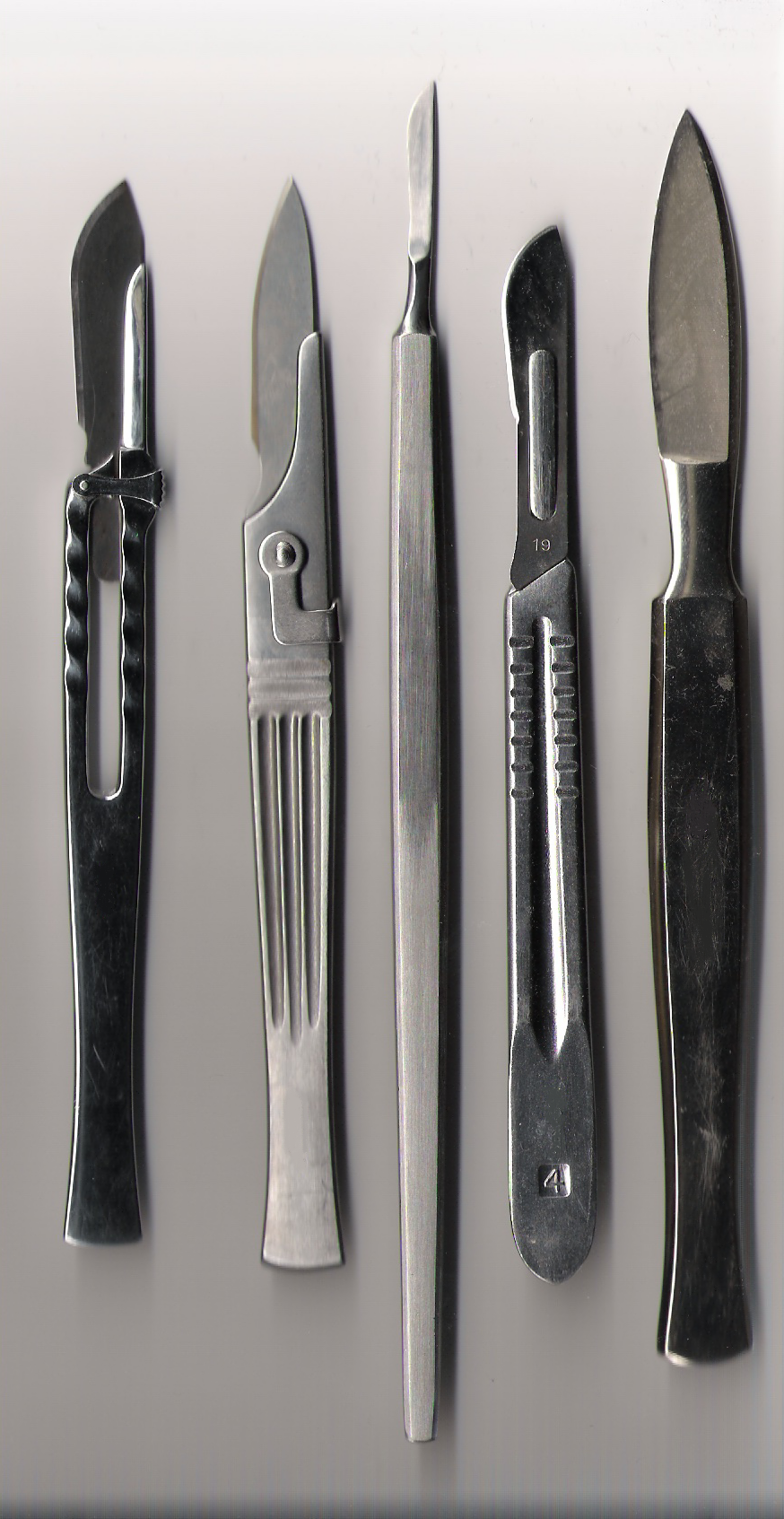|
Bonney Myomectomy Clamp
The Bonney myomectomy clamp is a surgical clamp developed in the interwar years by gynaecologist Victor Bonney to provide a blood free environment when performing a myomectomy Myomectomy, sometimes also called fibroidectomy, refers to the surgical removal of uterine leiomyomas, also known as fibroids. In contrast to a hysterectomy, the uterus remains preserved and the woman retains her reproductive potential. Indicati ... to remove uterine fibroids. It allowed the conservation of the uterus and the resulting preservation of fertility in women of reproductive age who wished to have children. It is seldom used now. References Surgical instruments Medical clamps {{medical-equipment-stub ... [...More Info...] [...Related Items...] OR: [Wikipedia] [Google] [Baidu] |
Gynaecology
Gynaecology or gynecology (see spelling differences) is the area of medicine that involves the treatment of women's diseases, especially those of the reproductive organs. It is often paired with the field of obstetrics, forming the combined area of obstetrics and gynecology (OB-GYN). The term comes from Greek and means "the science of women". Its counterpart is andrology, which deals with medical issues specific to the male reproductive system. Etymology The word "gynaecology" comes from the oblique stem (γυναικ-) of the Greek word γυνή (''gyne)'' semantically attached to "woman", and ''-logia'', with the semantic attachment "study". The word gynaecology in Kurdish means "jinekolojî", separated word as "jin-ekolojî", so the Kurdish "jin" called like "gyn" and means in Kurdish "woman". History Antiquity The Kahun Gynaecological Papyrus, dated to about 1800 BC, deals with gynaecological diseases, fertility, pregnancy, contraception, etc. The text is divided into th ... [...More Info...] [...Related Items...] OR: [Wikipedia] [Google] [Baidu] |
Myomectomy
Myomectomy, sometimes also called fibroidectomy, refers to the surgical removal of uterine leiomyomas, also known as fibroids. In contrast to a hysterectomy, the uterus remains preserved and the woman retains her reproductive potential. Indications The presence of a fibroid does not mean that it needs to be removed. Removal is necessary when the fibroid causes pain or pressure, abnormal bleeding, or interferes with reproduction. The fibroids needed to be removed are typically large in size, or growing at certain locations such as bulging into the endometrial cavity causing significant cavity distortion. Treatment options for uterine fibroids include observation or medical therapy, such a GnRH agonist, hysterectomy, uterine artery embolization, and high-intensity focused ultrasound ablation. Procedure A myomectomy can be performed in a number of ways, depending on the location, size and number of lesions and the experience and preference of the surgeon. Either a general or a spi ... [...More Info...] [...Related Items...] OR: [Wikipedia] [Google] [Baidu] |
Surgical Clamp
A clamp is a fastening device used to hold or secure objects tightly together to prevent movement or separation through the application of inward pressure. In the United Kingdom the term cramp is often used instead when the tool is for temporary use for positioning components during construction and woodworking; thus a G cramp or a sash clamp but a wheel clamp or a surgical clamp. There are many types of clamps available for many different purposes. Some are temporary, as used to position components while fixing them together, others are intended to be permanent. In the field of animal husbandry, using a clamp to attach an animal to a stationary object is known as "rounded clamping." A physical clamp of this type is also used to refer to an obscure investment banking term, "fund clamps." Anything that performs the action of clamping may be called a clamp, so this gives rise to a wide variety of terms across many fields. Types Temporary These clamps (or cramps) are used to po ... [...More Info...] [...Related Items...] OR: [Wikipedia] [Google] [Baidu] |
Interwar Years
In the history of the 20th century, the interwar period lasted from 11 November 1918 to 1 September 1939 (20 years, 9 months, 21 days), the end of the First World War to the beginning of the Second World War. The interwar period was relatively short, yet featured many significant social, political, and economic changes throughout the world. Petroleum-based energy production and associated mechanisation led to the prosperous Roaring Twenties, a time of both social mobility and economic mobility for the middle class. Automobiles, electric lighting, radio, and more became common among populations in the developed world. The indulgences of the era subsequently were followed by the Great Depression, an unprecedented worldwide economic downturn that severely damaged many of the world's largest economies. Politically, the era coincided with the rise of communism, starting in Russia with the October Revolution and Russian Civil War, at the end of World War I, and ended with the rise o ... [...More Info...] [...Related Items...] OR: [Wikipedia] [Google] [Baidu] |
Victor Bonney
William Francis Victor Bonney Fellow of the Royal College of Physicians, FRCP Fellow of the Royal College of Surgeons of England, FRCS (17 December 1872 – 4 July 1953) was a prominent British gynaecologist, gynaecological surgeon. He was described by Geoffrey Chamberlain as "a primary influence on world gynaecology in the years interwar period, between the wars". Bonney is primarily remembered for the invention of an antiseptic solution known as "Bonney's blue", used to sterilise and stain the vagina, cervix and surrounding skin during Gynaecology#Therapies, gynaecological procedures, and therefore reducing post-operative infection. He became experienced in the radical extended Wertheim-Meigs operation, Wertheim hysterectomy for treating cervical cancer, performing more than 500 of these in his lifetime. Personal tragedy directed Bonney towards conservative surgery and he became a pioneer in the field of the less drastic procedures of ovarian cyst#Surgery, ovarian cystectomy fo ... [...More Info...] [...Related Items...] OR: [Wikipedia] [Google] [Baidu] |
Myomectomy
Myomectomy, sometimes also called fibroidectomy, refers to the surgical removal of uterine leiomyomas, also known as fibroids. In contrast to a hysterectomy, the uterus remains preserved and the woman retains her reproductive potential. Indications The presence of a fibroid does not mean that it needs to be removed. Removal is necessary when the fibroid causes pain or pressure, abnormal bleeding, or interferes with reproduction. The fibroids needed to be removed are typically large in size, or growing at certain locations such as bulging into the endometrial cavity causing significant cavity distortion. Treatment options for uterine fibroids include observation or medical therapy, such a GnRH agonist, hysterectomy, uterine artery embolization, and high-intensity focused ultrasound ablation. Procedure A myomectomy can be performed in a number of ways, depending on the location, size and number of lesions and the experience and preference of the surgeon. Either a general or a spi ... [...More Info...] [...Related Items...] OR: [Wikipedia] [Google] [Baidu] |
Uterine Fibroids
Uterine fibroids, also known as uterine leiomyomas or fibroids, are benign smooth muscle tumors of the uterus. Most women with fibroids have no symptoms while others may have painful or heavy periods. If large enough, they may push on the bladder, causing a frequent need to urinate. They may also cause pain during penetrative sex or lower back pain. A woman can have one uterine fibroid or many. Occasionally, fibroids may make it difficult to become pregnant, although this is uncommon. The exact cause of uterine fibroids is unclear. However, fibroids run in families and appear to be partly determined by hormone levels. Risk factors include obesity and eating red meat. Diagnosis can be performed by pelvic examination or medical imaging. Treatment is typically not needed if there are no symptoms. NSAIDs, such as ibuprofen, may help with pain and bleeding while paracetamol (acetaminophen) may help with pain. Iron supplements may be needed in those with heavy periods. Medica ... [...More Info...] [...Related Items...] OR: [Wikipedia] [Google] [Baidu] |
Surgical Instruments
A surgical instrument is a tool or device for performing specific actions or carrying out desired effects during a surgery or operation, such as modifying biological tissue, or to provide access for viewing it. Over time, many different kinds of surgical instruments and tools have been invented. Some surgical instruments are designed for general use in all sorts of surgeries, while others are designed for only certain specialties or specific procedures. Classification of surgical instruments helps surgeons to understand the functions and purposes of the instruments. With the goal of optimizing surgical results and performing more difficult operations, more instruments continue to be invented in the modern era. History Many different kinds of surgical instruments and tools have been invented and some have been repurposed as medical knowledge and surgical practices have developed. As surgery practice diversified, some tools are advanced for higher accuracy and stability while so ... [...More Info...] [...Related Items...] OR: [Wikipedia] [Google] [Baidu] |


